An Expert’s Guide To Dealing With Running Injuries
Does leading a sedentary lifestyle make us more to fitness-related injuries?
“For many of us, a sedentary lifestyle is commonplace, especially as many of us are now adapting to our new working from home environment. When you sit too much and don’t move around, the muscles in your hips, legs and calves tighten. This lack of flexibility can increase your risk of strains and other injuries, and add difficulty to everyday movements, like reaching a high shelf. The good news is that even if you feel you’ve lost a lot of your flexibility, there are still ways to reverse the effects of a sedentary lifestyle. It’s more important than ever to include regular exercise in our routine and move as much as possible.”
So should you be stretching before a run?
“Warming up and cooling down are both important parts of a run. Take the time to gently warm up before your run, especially if you’re running first thing in the morning. It’s also useful to start your run a little slower and build up speed gradually. Cooling down after your run with some light stretching is essential too. Setting time aside for a proper warm up and cool down can reduce muscle tightness and maintain your flexibility.”
What are some of the best stretches for runners that can reduce the risk of injury?
“Movements such as lunges, squats, high knees, and heel touches will help get your muscles and joints moving and reduce the risk of injury prior to a run. You should also aim to do simple stretches to get your body moving at least two or three times a week, aiming to target all major muscles in your upper and lower body. Although you may not feel the benefit at the time, dedicating ten to 20 minutes to stretching two or three times a week can help reduce muscle tightness and keep you flexible. Examples include standing quad stretches, hamstring stretches and side stretches.”
What are some of the most common running injuries?
SHIN SPLINTS: “Shin splints are one of the most common running injuries, especially for beginners who aren’t used to running. The term refers to pain down the front part of the lower leg below the knee and is often a result of muscle overuse, wearing worn-out shoes or running on hard surfaces. To prevent shin splints, make sure you build up your mileage and fitness slowly and combine running with other exercises. Yoga is a great exercise to combine with running as it stretches and strengthens muscles. It’s important to check you have the right shoes to run in and replace them every 300 miles. If you already have shin splints, stretch or foam roll your shins regularly to aid recovery.”
RUNNER’S KNEE: “This is a catch-all term which describes several injuries that cause pain around the kneecap. Helping to prevent runner’s knee is similar to shin splints: make sure you build up your mileage slowly and that you’re running in the right shoes. Warming up and cooling down properly is essential and this should include stretching the muscles around the ankle, knee and hip.”
ACHILLES TENDONITIS: “The Achilles tendon is a band of tissue that connects the calf muscles at the back of the lower leg to your heel bone. Achilles tendonitis is a result of the overuse of this muscle. It typically happens when runners quickly increase the intensity or duration of their runs. To help reduce the risk of Achilles tendonitis you should increase the intensity and the amount you are running gradually. Make sure you are stretching your calf muscles before and after exercising.”
PLANTAR FASCIITIS: “Plantar fasciitis is pain on the bottom of the foot around the heel. This is often a stabbing pain that is particularly painful when you take your first steps in the morning. The pain can return after sitting or standing for long periods of time.”
Is there anything you can do for knee niggles?
“Keeping your knees and surrounding muscles strong can help reduce stiffness, prevent injury in the first place and aid recovery of a current injury. Remember, start slowly and only do as much as you can manage without feeling any pain. Bodyweight squats are a great way to strengthen your knees, as is strength training in general.”
If you have weak ankles, is there anything you can do to strengthen them?
“Try to include some simple exercises for your ankles to stretch and strengthen them, at least three times a week. You should expect to feel a gentle stretching sensation whilst doing these exercises, so don’t let this put you off. It is just a sign your muscles are working. A simple ankle stretch (done by pulling your toes towards you and then pointing your toes down towards the floor); ankle rotations and ankle pulls are a good place to start.”
What about tight hip flexors – is there anything that can help?
“If you sit down a lot, you may have tight hip flexors. Tight hip flexors can cause restricted movement in your upper leg so that when you walk you feel pain in your knee. During your weekly stretching exercises, try to include a simple hip flexor stretch – kneel on one knee, creating a 90-degree angle with the opposite hip, and then tuck your pelvis under slightly to flatten your lower back before slightly transferring your weight forwards to stretch the front of your hip and thigh of the lower leg. Hold for up to 30 seconds and then repeat on the other side.”
Can a foam roller help?
“Post-exercise foam rolling for 20 minutes may seem like a chore, but it has been shown to help with recovering from DOMS (delayed onset muscle soreness) and tender muscles. After you’ve finished your run and you’ve cooled down, you should spend around 20 minutes using a foam roller to stretch out your legs. If 20 minutes is too uncomfortable, start with a shorter time and build up as you are able. The pressure should feel similar to that of a massage.”
If you feel sore after a run and think you have an injury, what should you do?
“If you think you’ve hurt yourself after a run, think of the acronym ‘POLICE’.”
Protect: Protect your injury from further damage, and think about using some form of support or splint, depending on the injury.
Optimal Loading: Get active sooner rather than later. Start to put weight on your injury and build up your range of movement. Do this gradually and be guided by what feels right for you.
Ice: Place a cold compress such as a bag of ice or frozen peas, wrapped in a towel onto the painful area. Do this for around 20 minutes every couple of hours for the first two to three days.
Compression: Compress the injured area using a bandage to reduce swelling.
Elevation: Elevate your injury above the level of your heart. Put arm injuries in a sling and rest leg injuries, while sitting or lying on a chair and cushion.
If you do have an injury, how long should you take off running?
“Listen to your body and don’t run through pain: if you don’t feel 100 percent or think there’s a reason why you shouldn’t run, then don’t. Hold off until you feel fully fit. Many physiotherapists are currently offering virtual consultations where they can offer you specific advice to help your recovery and guide your return. As a new runner, doing too much too soon will be difficult to maintain, and you’re at greater risk of getting an injury. You should increase the number of miles you’re running each week gradually, as long as you feel comfortable. Running two to three times a week should improve your fitness, but make sure you also get enough rest and recovery. Try to give yourself at least a day between runs to allow your body to adapt to your new routine.”
Prevent running injuries and recover quicker with these high-performance products…
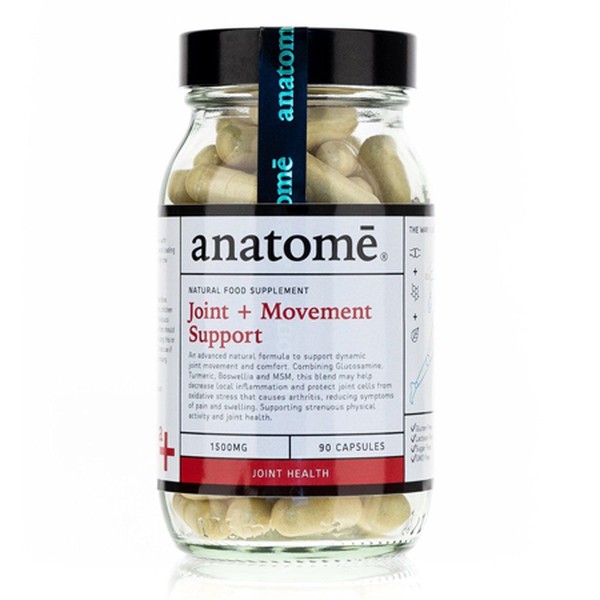
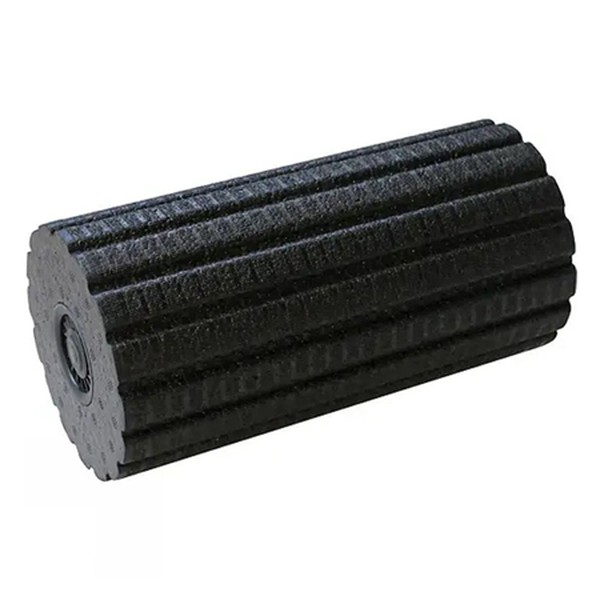

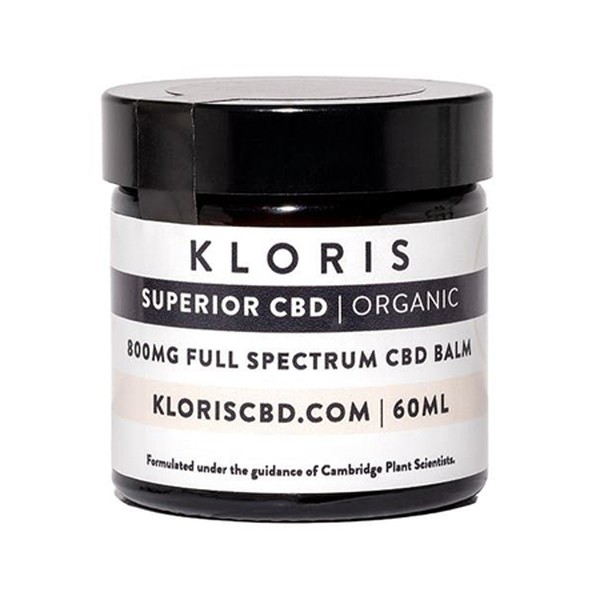
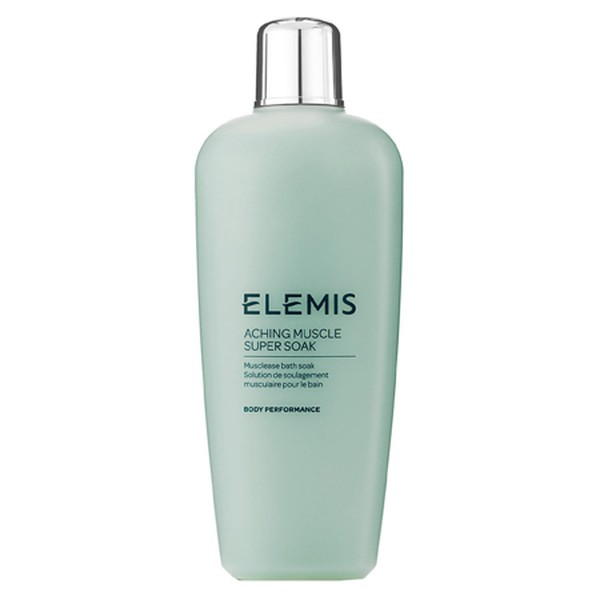
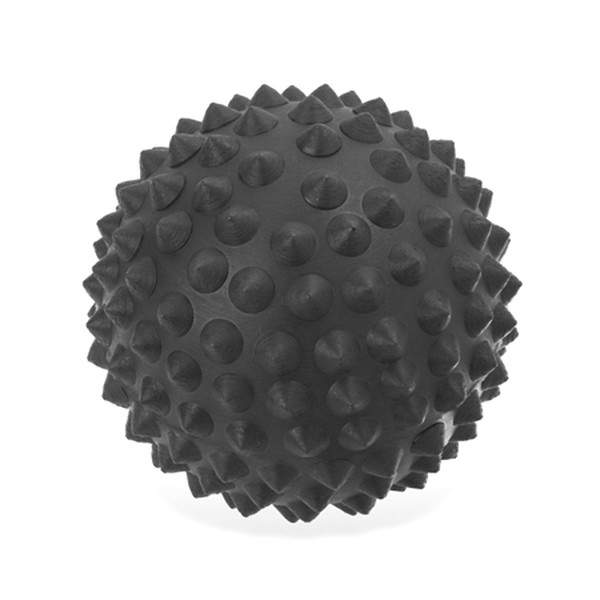
Visit Bupa.co.uk
*Features published by SheerLuxe are not intended to treat, diagnose, cure or prevent any disease. Always seek the advice of your GP or another qualified healthcare provider for any questions you have regarding a medical condition, and before undertaking any diet, exercise or other health-related programmes.
DISCLAIMER: We endeavour to always credit the correct original source of every image we use. If you think a credit may be incorrect, please contact us at info@sheerluxe.com.


